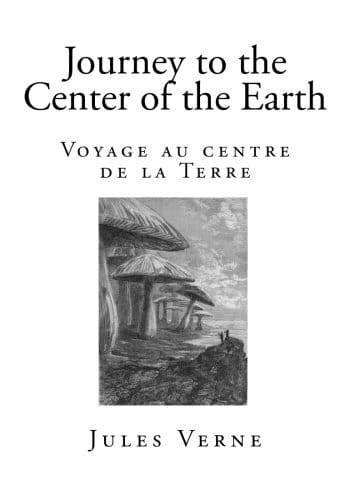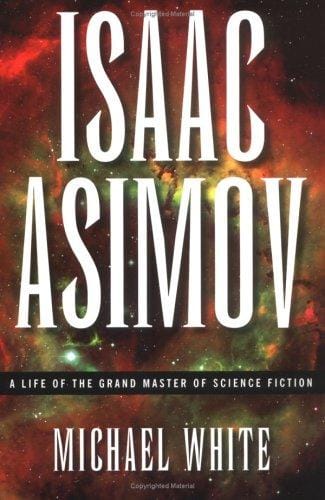Journey to the Center of the Earth: An 800-Word Exploration of Jules Verne’s Underground Epic
Explore Jules Verne’s classic Journey to the Center of the Earth—plot, themes, science, and legacy—in an 800-word, SEO-friendly deep dive.

Journey to the Center of the Earth: An 800-Word Exploration of Jules Verne’s Underground Epic
When Jules Verne released "Journey to the Center of the Earth" in 1864, he invited readers to swap the starlit skies of ordinary adventure for the eerie glow of subterranean seas and crystal caverns. More than 150 years later, the novel still pulls modern audiences downward, captivating them with a blend of Victorian science, pulse-quickening peril, and optimistic curiosity. This article revisits Verne’s classic, summarizing its plot, spotlighting major characters, unpacking prevailing themes, and surveying the scientific ideas and lasting cultural impact that keep the story burrowing into new generations of imaginations.
The Plot in Brief
The narrative opens in Hamburg, Germany, where irascible geology professor Otto Lidenbrock stumbles upon a coded manuscript penned by sixteenth-century Icelandic scholar Arne Saknussemm. After the professor’s patient nephew, Axel, cracks the cipher, the pair discovers directions to a volcanic chimney that purportedly leads straight to Earth’s core. Driven by unquenchable scientific zeal, Lidenbrock drags a reluctant Axel to Iceland, recruits stoic guide Hans Bjelke, and descends into the dormant volcano Snæfellsjökull. The trio braves subterranean rivers, primordial forests, electrical storms, prehistoric monsters, and dwindling supplies before an explosive, lava-propelled exit through Italy’s Mount Stromboli. Although they never reach the literal core, the expedition proves that bold curiosity can push the frontiers of knowledge further than fear ever will.
Meet the Adventurers
Professor Otto Lidenbrock embodies Verne’s faith in progress: brilliant, impatient, occasionally reckless, but ultimately humane. His single-minded pursuit of discovery fuels the novel’s momentum, illustrating how obsession can oscillate between heroic and hazardous. Axel, the youthful narrator, provides emotional ballast. Initially terrified by every cavernous echo, he evolves into a braver, more rational thinker, reflecting Verne’s conviction that education and experience empower individuals. Completing the triad is Hans Bjelke, a near-silent Icelandic hunter whose calm competence, survival instincts, and moral steadiness make him the expedition’s unsung savior. Together, they illustrate the balance of intellect, emotion, and practicality required to tackle the unknown.
Core Themes Beneath the Surface
First and foremost, "Journey to the Center of the Earth" celebrates scientific inquiry. Verne champions the idea that the natural world is a grand laboratory, awaiting explorers armed with persistence and reason. Closely allied is the theme of courage versus fear; Axel’s internal monologues echo the reader’s anxieties, demonstrating how bravery often means moving forward despite trembling knees. The novel also critiques anthropocentrism; by unveiling prehistoric oceans and gigantic reptiles thriving below, Verne reminds us that humanity’s dominion is partial and fragile. Finally, the story underscores cooperation. Without Hans’s navigational wisdom or Axel’s analytical mindset, Lidenbrock’s daring would have ended in a lava-filled tomb. Progress, Verne suggests, is a group endeavor.
Victorian Science and Speculation
Twenty-first-century readers might chuckle at the notion of walking into Earth’s mantle, yet in the 1860s geology was a rapidly evolving discipline. Verne wove together cutting-edge theories—such as hollow Earth speculations and Charles Lyell’s uniformitarianism—to dramatize possibilities that mainstream academics were still debating. Although modern seismology disproves an open cavern network, the novel’s firm grounding in contemporary scholarship lent it credibility and thrills. Verne also predicted elements of speleology, paleontology, and even plate tectonics by illustrating stratified rock layers and fossilized flora that hint at shifting continents. His imaginative extrapolations illustrate fiction’s power to inspire real scientific questions.
Iceland, Snæfellsjökull, and Geographic Authenticity
Verne’s meticulous research turns setting into a character. Snæfellsjökull, the snow-capped stratovolcano that acts as the story’s gateway, still broods over Iceland’s western peninsula and attracts literary pilgrims who trek its lava fields. Verne peppers the text with genuine place names—Reykjavík’s harbor, the village of Stapi, the crater of Scartaris—anchoring fantasy in recognizable geography. This realism heightens suspense: if the upper layers are accurate, might the deeper ones exist too? Tour operators now offer "Journey to the Center of the Earth" hikes, complete with lava-tube descents, demonstrating how fiction can boost eco-tourism and cultural heritage preservation.
From Page to Screen and Beyond
The novel’s cinematic potential was recognized early. The 1959 film starring James Mason and Pat Boone added dinosaurs and romantic subplots, while the 2008 3-D reboot with Brendan Fraser infused roller-coaster visuals aimed at a new generation. There are animated series, graphic novels, video games, and even a Tokyo DisneySea attraction, each reimagining Verne’s vision through contemporary technology. These adaptations testify to the story’s flexible framework: scientific mystery, exotic setting, and escalating peril. Each era layers its own anxieties—from nuclear fears in the Cold War to climate change today—onto Verne’s cavernous canvas, refreshing the narrative without erasing its Victorian heart.
Why the Journey Still Matters
Read today, "Journey to the Center of the Earth" offers more than vintage escapism; it models an attitude of awe. In a time when satellite imagery maps every mountain range, Verne reminds us that the universe still hides secrets in deep-sea trenches, exoplanetary atmospheres, and quantum realms. His characters’ resilience and curiosity encourage readers to question dogma, collaborate across cultures, and pursue knowledge with humility. Whether you are a seasoned geologist, a young gamer discovering the story through VR, or a casual traveler hiking Snæfellsjökull, Verne’s message resonates: the next great frontier may lie not in distant galaxies but beneath the soles of our own two feet.



